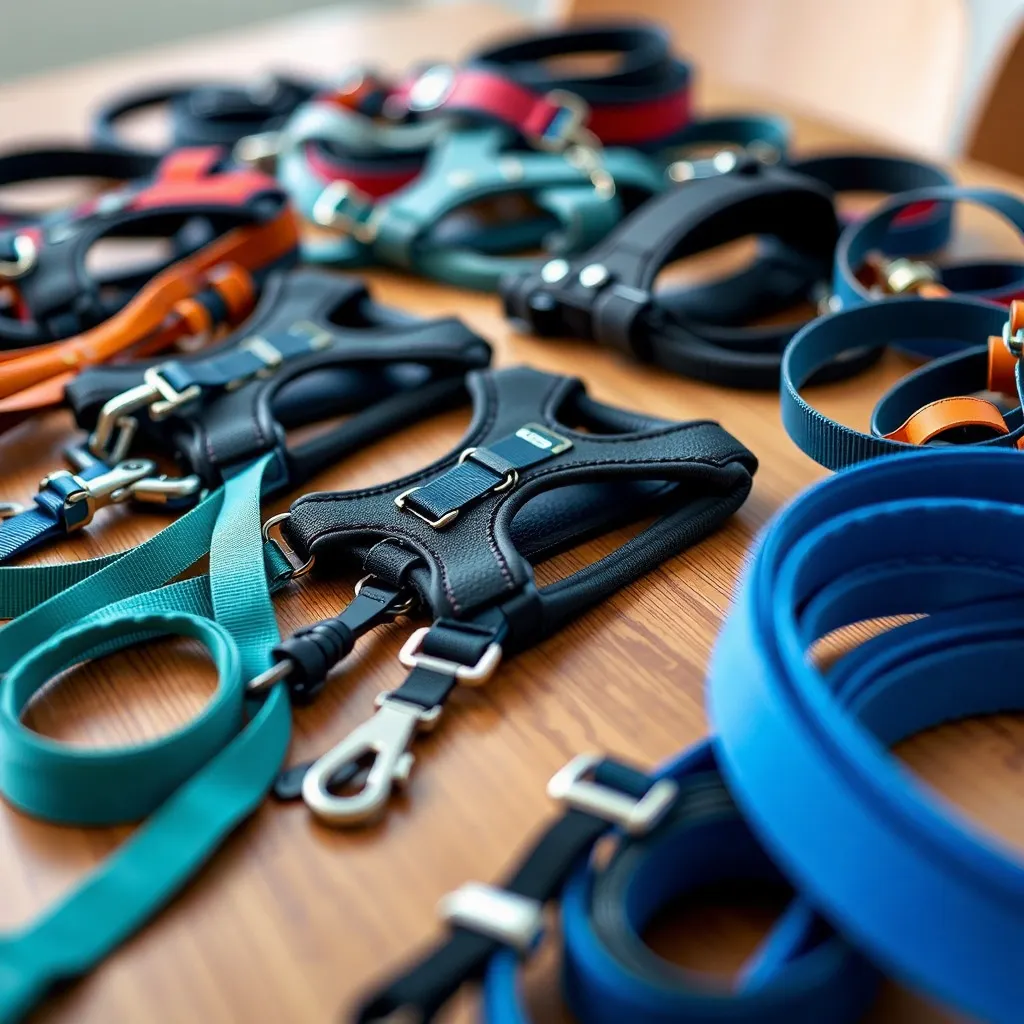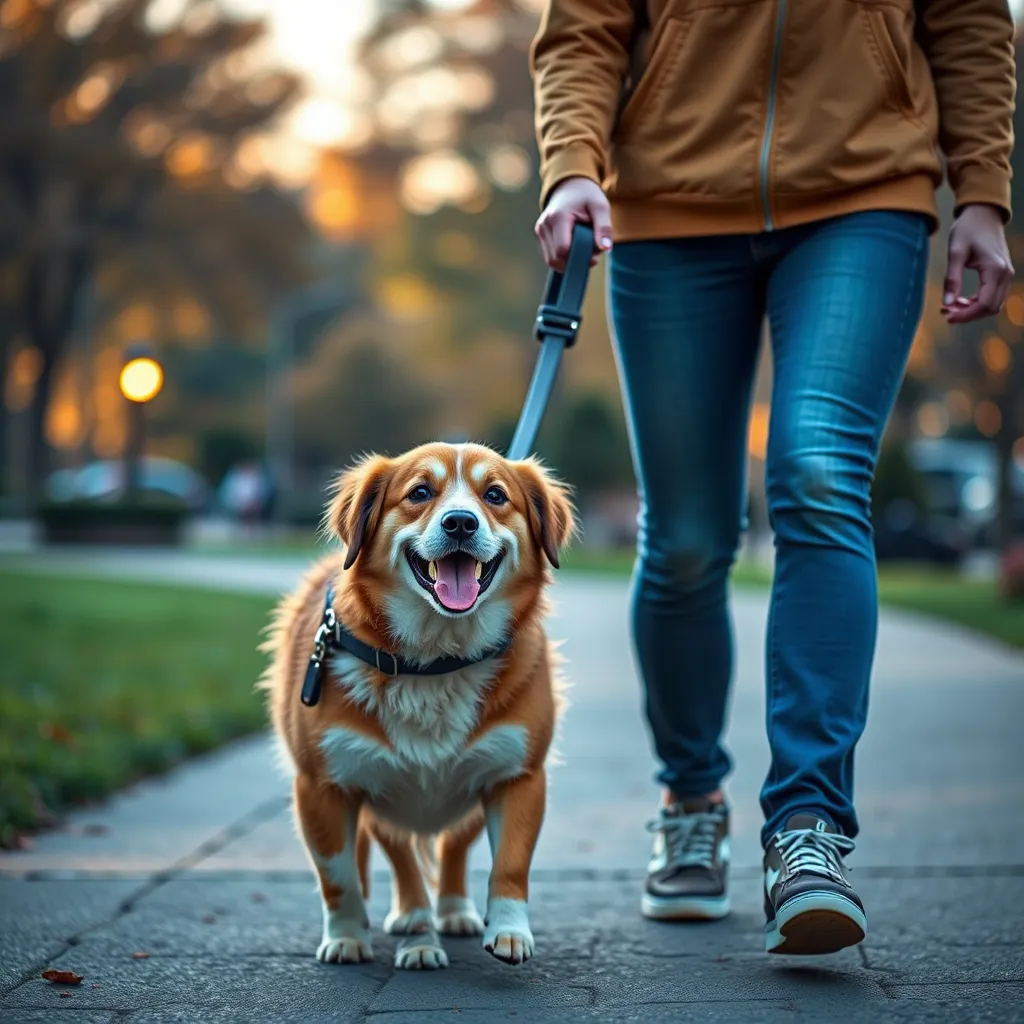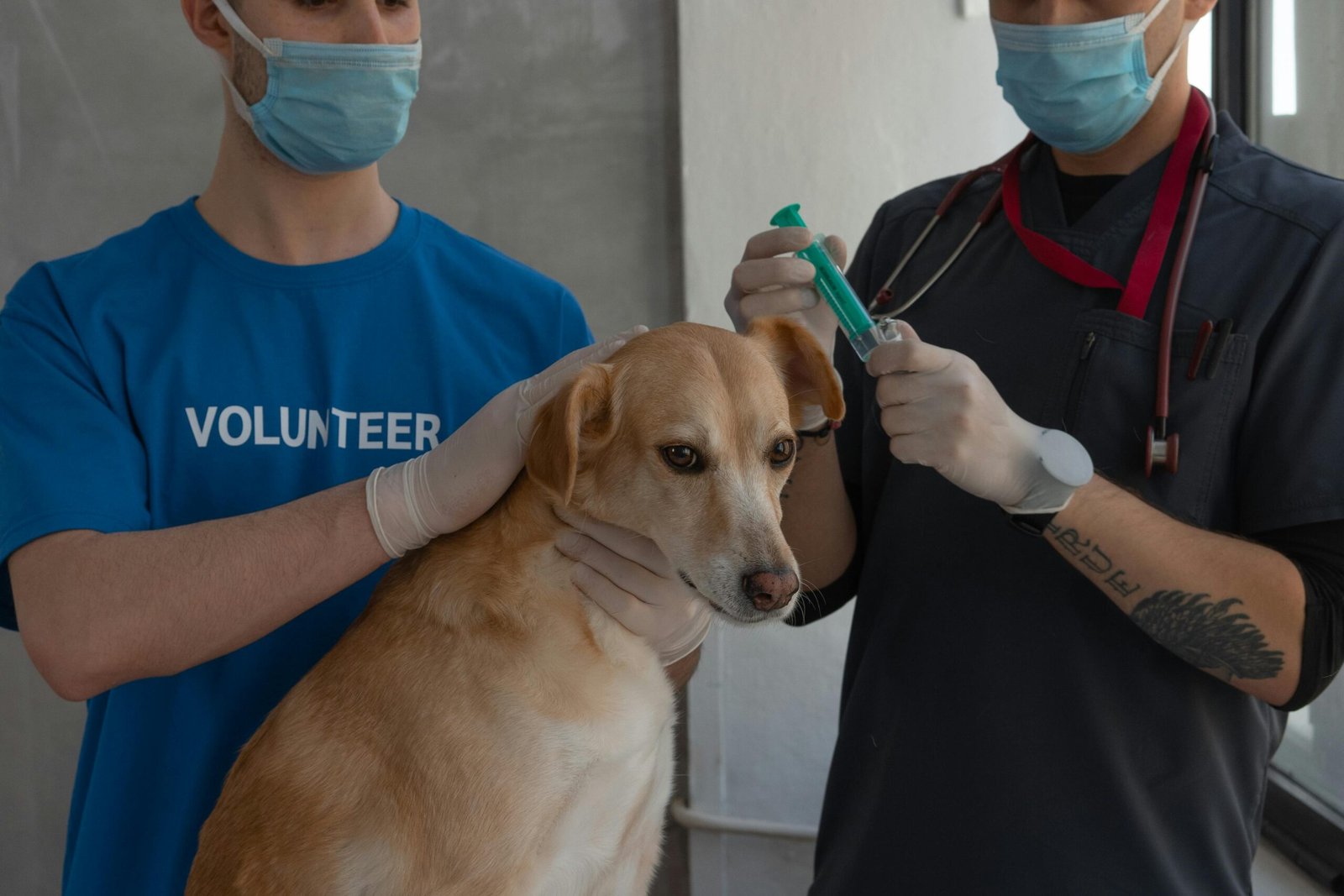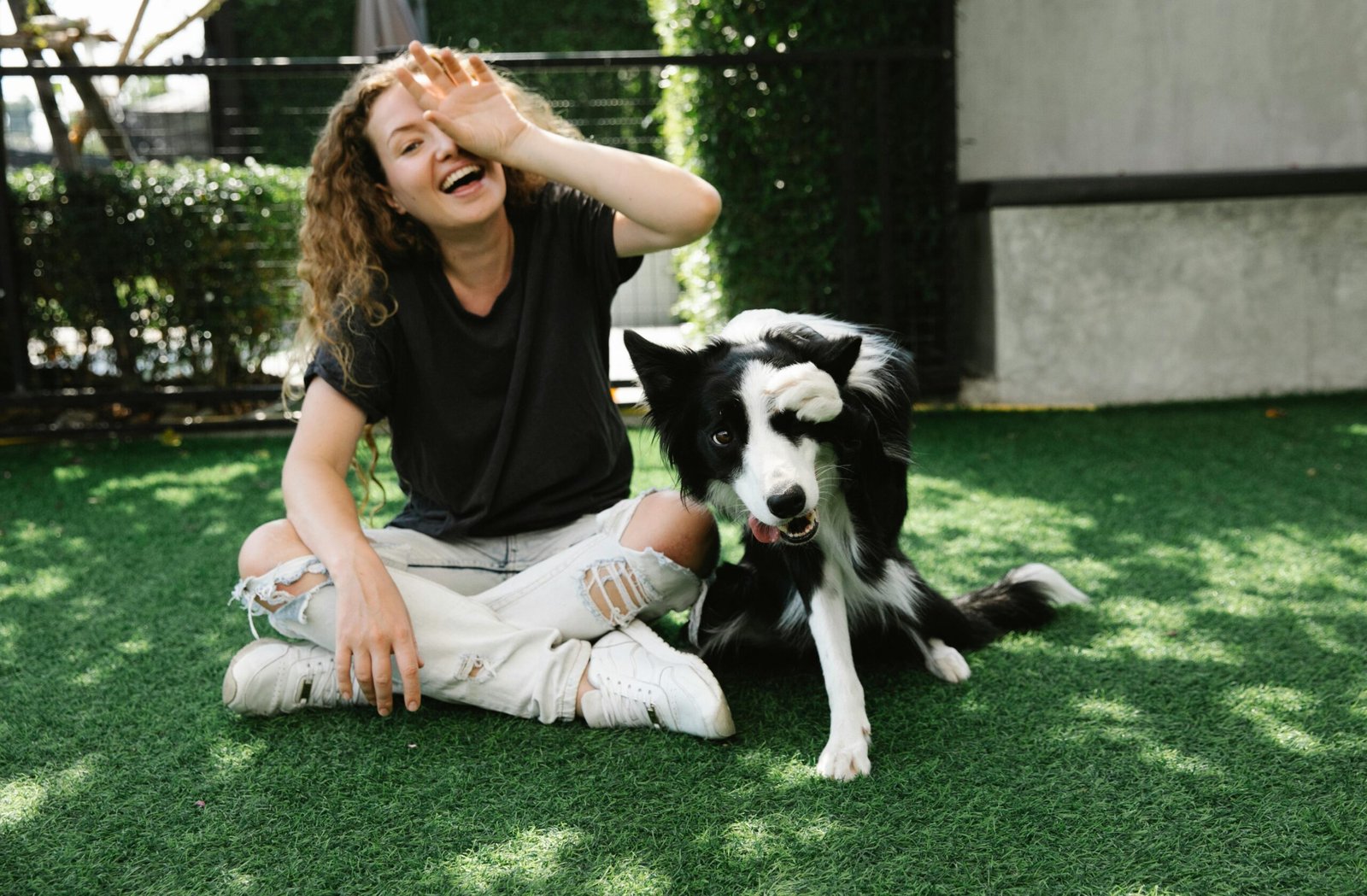Walking your dog should be a joyful experience, a chance to bond and enjoy the outdoors. But for many dog owners, the reality is a frustrating game of tug-of-war with their canine companion. A dog that constantly pulls on the leash can be exhausting, both physically and emotionally. This comprehensive guide will provide you with the knowledge and techniques to transform those stressful walks into pleasant outings, strengthening your bond with your furry friend in the process.
Understanding the Root of the Problem:
Before we dive into solutions, it’s crucial to understand why your dog pulls. Often, it’s not about dominance or disobedience, but rather excitement, curiosity, or a lack of training. Dogs pull because they’re driven by their natural instincts – to explore their surroundings, chase squirrels, or greet other dogs. They haven’t yet learned that walking politely beside you is rewarding.
Training Techniques for a Loose-Leash Walk:
The key to success lies in consistent and positive reinforcement training. Here are some effective techniques:
- The “Stop and Go” Method: When your dog pulls, immediately stop walking. Remain still until the leash slackens. Once the tension is gone, praise your dog enthusiastically and continue walking. Repeat this process consistently. This teaches your dog that pulling stops the fun.
- Reward-Based Training: Carry high-value treats (small pieces of something your dog loves). Whenever your dog walks calmly beside you with a loose leash, reward them immediately with a treat and praise. This positive reinforcement strengthens the desired behavior.
- Lure and Reward: Use a treat to gently guide your dog alongside you. Hold the treat close to their nose and move it in a slow, steady pace beside your leg. This encourages them to focus on you and the treat, rather than pulling ahead.
Harnessing the Power of Gear:
While training is essential, the right equipment can significantly aid the process. Consider these options:
- Front-Clip Harnesses: These harnesses gently redirect your dog’s pull, discouraging pulling by turning them towards you.
- Head Halters/Gentle Leaders: These devices gently guide your dog’s head, making it more difficult for them to pull. Important Note: Use these responsibly and ensure proper fitting to avoid causing discomfort.
- Back-Clip Harnesses: While not ideal for pulling dogs, a well-fitting back-clip harness is crucial if you opt for a harness-only approach.

Beyond the Basics: Addressing Underlying Issues:
Sometimes, leash pulling is a symptom of a deeper issue. Consider these possibilities:
- Excitement: If your dog pulls excessively when seeing other dogs or people, manage their exposure gradually. Practice calm greetings and desensitization techniques.
- Fear or Anxiety: If your dog pulls to escape a perceived threat, address the underlying fear through professional guidance (e.g., a certified dog trainer or veterinary behaviorist).
Consistency is Key:
Remember, training takes time and patience. Be consistent in your approach, and celebrate even the smallest successes. Don’t get discouraged by setbacks; simply redirect your dog and continue with your training.
Buy the products shown in this post by visiting this link: https://amzn.to/3ZlyPU9

Frequently Asked Questions (FAQ):
- Q: My dog pulls even with a harness. What should I do? A: Ensure the harness fits correctly and consider trying a different type of harness (front-clip or head halter). Continue with consistent training techniques.
- Q: How long does it take to train a dog to walk nicely on a leash? A: This varies greatly depending on the dog, their age, and the consistency of training. Be patient and celebrate small victories along the way.
- Q: My dog pulls when they see other dogs. How can I manage this? A: Practice calm greetings and desensitization. Gradually expose your dog to other dogs at a safe distance, rewarding calm behavior. Consider consulting a professional dog trainer for personalized guidance.
- Q: Is it cruel to use a head halter or prong collar? A: When used improperly or incorrectly fitted, yes. These tools should only be used by experienced handlers and under the guidance of a professional dog trainer. Prioritize positive reinforcement methods whenever possible.
By understanding your dog’s behavior, employing effective training techniques, and utilizing the right equipment, you can transform your walks from a frustrating tug-of-war into a joyful experience shared between you and your beloved canine companion. Remember, patience and consistency are your greatest allies in this journey.
Share this content:






